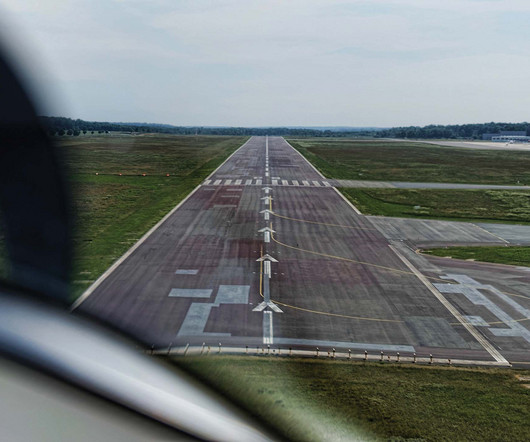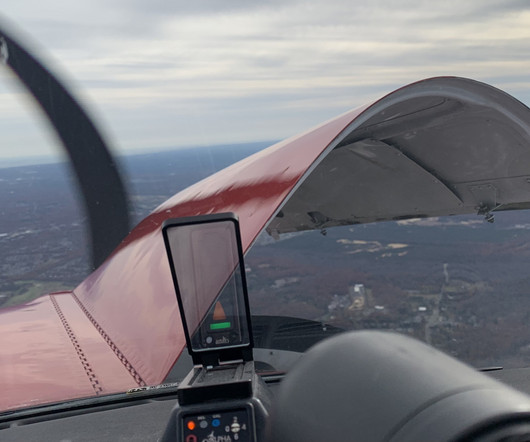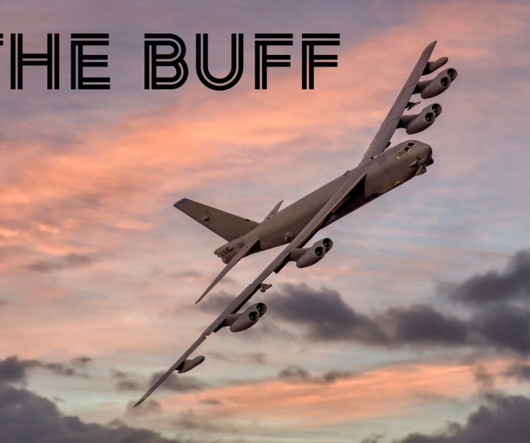Cessna Skyhawk C172: Features, Performance, and Flight Experience
Airspeed Junkie
AUGUST 2, 2024
With a maximum takeoff weight of 2,400 pounds and a maximum gross weight that ensures stability, this aircraft is robust enough to handle a variety of flying conditions. The reliability of the Cessna 172 shines through in various flight conditions, including crosswinds and turbulence.













Let's personalize your content